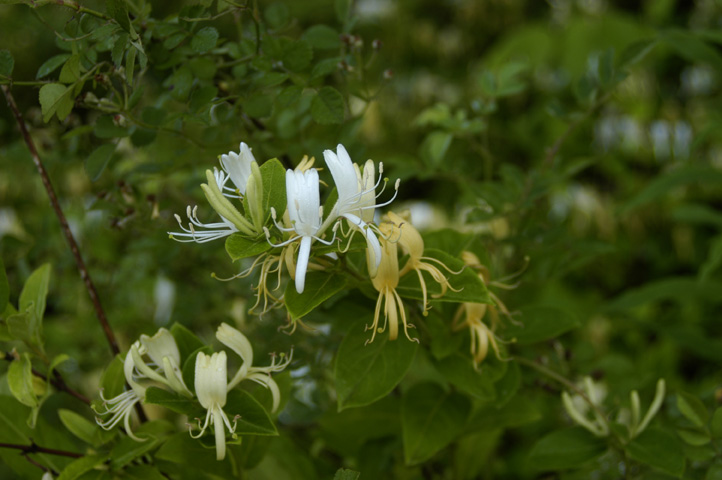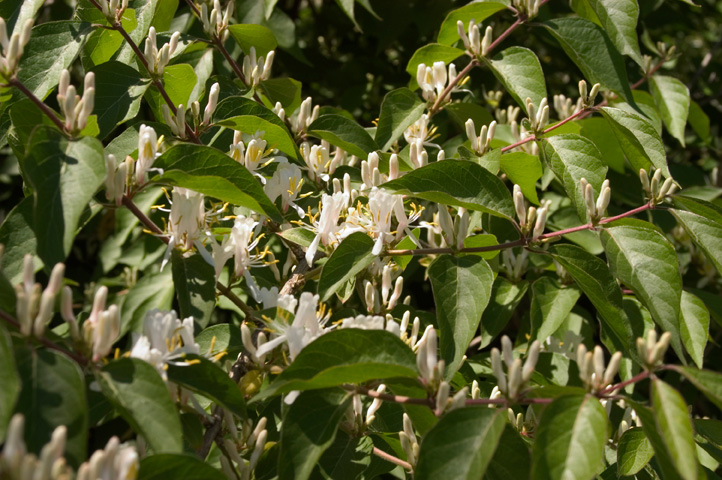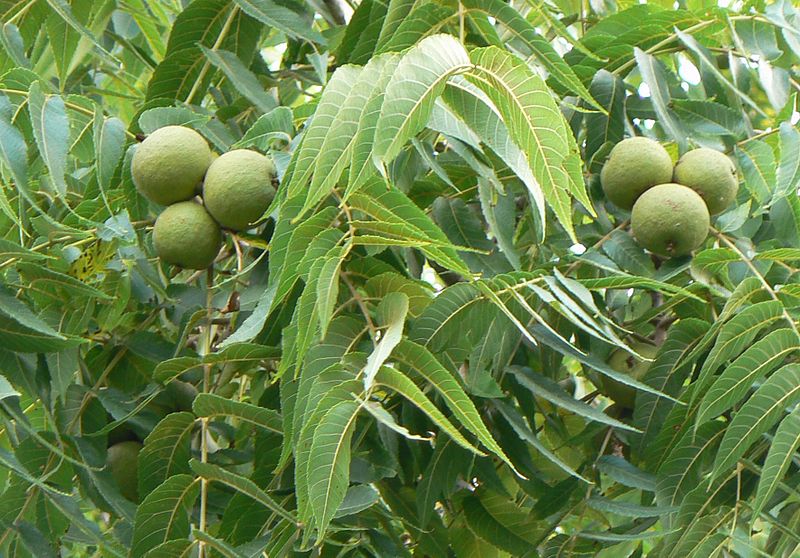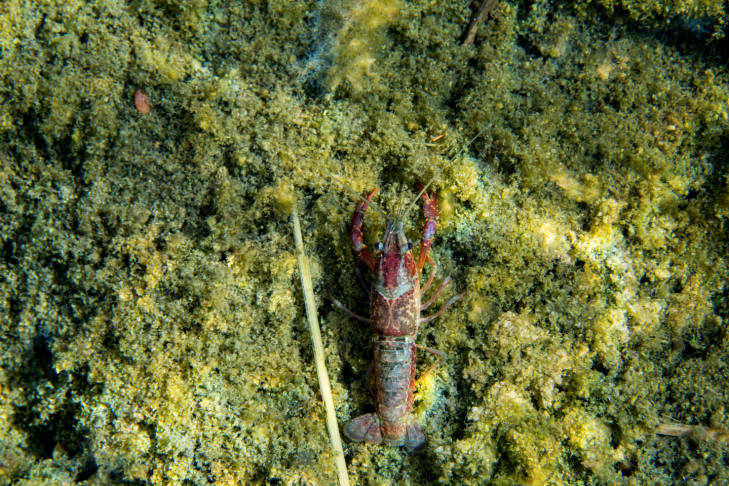Japanese Honeysuckle
According to the Ohio Department of Natural Resources, Japanese honeysuckle is a vine with entire, oval-oblong, opposite leaves from 1 ½ -3 inches long. The plants are semi-evergreen with leaves continuing into late winter or early spring. Stems are typically hairy and hollow, reaching a length of 30 feet or more. Flowers are tubular, with five fused petals, white to pink, turning yellow with age, very fragrant, and occur in pairs along the stem at leaf junctures from April through June.
According to Ohio Department of Natural Resources, hand-pulling can be effective to remove small populations of Japanese honeysuckle, but the entire plant and its roots must be removed, bagged and taken off-site. Plants can also be cut or mowed repeatedly but must be cut low to prevent re-sprouting. Foliar application of systemic herbicides such as Roundup, AquaNeat, Razor, Accord, and Rodeo can be very effective, especially if applied in the early spring or late fall.
Japanese honeysuckle is a fast-growing trailing or climbing woody vine able to cover large expanses of ground or extending into the treetops, according to Ohio Department of Natural Resources. The plant can severely damage native plant populations by limiting available sunlight, constricting nutrient flowing stems and weighing down treetops which increases the likelihood of wind damage. Birds frequently disperse the plant’s large number of seeds. The root systems are very persistent and capable of extensive root suckering.



